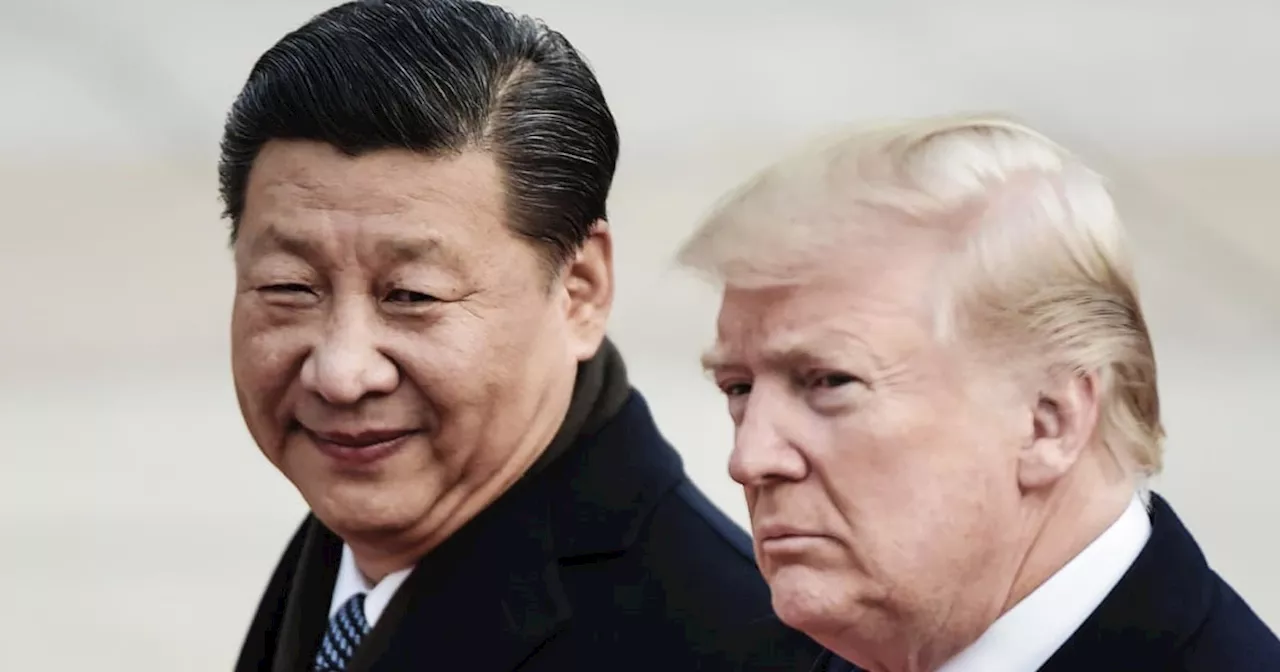Soybean farmers are optimistic about a potential trade agreement between the United States and China, with key stakeholders anticipating significant purchases of American soybeans. Scott Bessent, a prominent figure in agricultural finance, expressed hope over the weekend that the upcoming negotiations would lead to “substantial” Chinese soybean purchases, a sentiment that resonated across the farming community.
In response to the news of renewed discussions, soybean futures increased nearly 3% over recent days, marking their highest levels in over a year. This surge reflects a cautious optimism in the market, particularly given China’s historical role as a major importer of U.S. soybeans. In recent times, however, these purchases have dropped to zero as Beijing exerts economic pressure on Washington.
Market Reactions and Historical Context
The agricultural sector has been grappling with the fallout from the trade war, which has led to significant losses for farmers. “Obviously, the markets reflect a cautious optimism and an excitement that maybe we are making some progress for the first time in quite some time,” noted Arlan Suderman, chief commodities economist at StoneX. The Trump administration’s previous implementation of tariffs has heightened concerns among farmers and businesses alike, contributing to a sharp decline in soybean prices.
During Trump’s first term, a trade deal known as the phase-one trade agreement aimed for China to purchase an additional $200 billion in U.S. goods and services over a two-year period. Yet, the reality fell short, with China only fulfilling approximately 58% of that commitment before the pandemic disrupted trade in 2020. Suderman pointed out, “While we’re encouraged, there’s also some sense of caution as well on what will they actually do.”
According to Allen Featherstone, head of the Agricultural Economics department at Kansas State University, reopening the Chinese market for U.S. soybeans would be significant. Historically, China has imported between $12 billion and $17 billion worth of soybeans annually from American farmers, but this year’s halt has forced many to seek alternative markets.
Importance of Timeliness and Future Prospects
Featherstone emphasized the urgency of the situation: “Soybeans are China’s biggest import from the U.S., and being able to have China back in the buying mode will increase price.” With U.S. soybean production ranking second only to corn, and approximately 40% to 50% of U.S. soybeans exported, the potential for a deal carries significant implications for the agricultural economy.
There is an added time pressure, as China has begun securing soybean shipments from South America. Ryan Young, a senior economist at the Competitive Enterprise Institute, explained the constraints: “The harvest has come and gone already, and they can store crops, but only for so long.”
Bessent revealed that as part of the ongoing negotiations, the U.S. has effectively removed Trump’s threat of additional 100% tariffs on Chinese imports. Similarly, concerns regarding Chinese plans to impose export controls on rare earth materials have also been alleviated.
Later this week, President Trump is set to meet with Chinese President Xi Jinping in South Korea to discuss further details of a potential agreement. In addition to negotiations surrounding soybeans, the Trump administration is reportedly considering a relief package for farmers who have faced economic hardships due to the trade conflict. National Economic Council director Kevin Hassett indicated that a payout plan is under consideration, though specifics have not yet been disclosed.
The outcome of this week’s discussions could have profound effects on soybean farmers and the broader agricultural landscape, as they await clarity on the future of U.S.-China trade relations.





































































